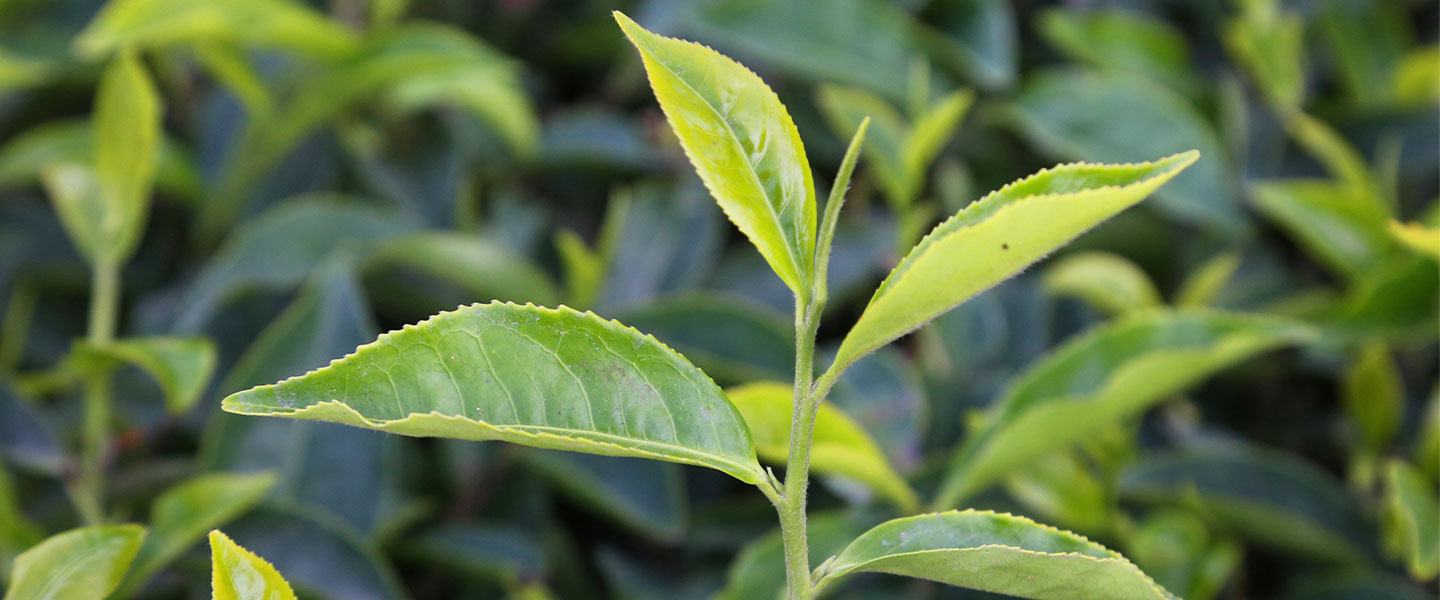In 1773, anger was brewing in the American colonies. For weeks, a group of activists had been meeting in secret to plan a protest unfair treatment of the colonies by England. So on the evening of December 16, a few dozen men snuck onto a British ship docked in Boston Harbor. They dumped an entire shipment of tea into the ocean!
It may seem like a strange way to protest, but the event known as the Boston Tea Party was a major act of rebellion. That’s because the British controlled the valuable global tea trade. They shipped tea cultivated in Asia to satisfy Europeans’ and Americans’ growing taste for the drink. Destroying tea, a symbol of British power, helped kickstart the colonies’ fight for independence from England.
Since the drink’s pivotal role in the American Revolution, people’s love for tea has only grown. Today, it’s the second most popular drink in the world, beaten out only by water. Each day, people consume about 3 billion cups of tea. But how did the world become obsessed with this beverage?

